Bodyweight
training
uses
your
own
body
as
resistance,
making
it
one
of
the
most
accessible
ways
to
exercise.
People
often
assume
muscle
growth
only
comes
from
lifting
heavy
weights
in
a
gym.
That
idea
overlooks
the
potential
of
bodyweight
movements.
With
proper
technique,
progression,
and
consistency,
building
muscle
using
bodyweight
exercises
is
not
only
possible—it’s
effective.
Strategies
to
Build
Muscle
With
Bodyweight
Exercises
Building
muscle
without
traditional
weights
is
possible
by
applying
specific
training
strategies
that
challenge
your
muscles
consistently.
Calisthenics
athletes
have
proven
this
repeatedly
through
well-structured
programs
that
rely
on
progression,
technique,
and
intensity.
If
you
want
to
learn
more
about
Calisthenics,
be
sure
to
pay
a
visit
to
Calixpert.
Two
main
categories
drive
muscle
growth
in
bodyweight
training:
-
Progressive
overload
techniques -
Targeted
tactics
Progressive
Overload
Techniques
Progressive
Overload:
The
Non-Negotiable
Principle
for
GrowthIf
you’re
not
getting
stronger
or
bigger
despite
consistent
workouts,
you
might
be
missing
the
most
fundamental
principle
in
strength
training:
progressive
overload.Progressive
overload
means
continually
challenging…
pic.twitter.com/Ed6oZ6lNsn—
Alex
Nunez
(@Alextheking_23)
March
22,
2025
Muscles
grow
when
forced
to
handle
more
work
over
time.
Progressive
overload
is
the
method
of
gradually
increasing
the
stress
placed
on
the
body
during
training.
Without
weights,
creativity
becomes
essential.
Several
proven
techniques
can
trigger
growth:
-
More
sets
or
reps
mean
more
muscular
fatigue
and
stress,
prompting
adaptation. -
Shorter
breaks
keep
the
muscles
under
fatigue,
increasing
the
metabolic
demand
of
the
workout. -
Slower
reps—especially
during
the
lowering
(eccentric)
phase—create
more
strain
on
the
muscles.
Try
lowering
into
a
push-up
over
six
seconds
before
pressing
back
up. -
Calisthenics
offers
progressions
like:-
Archer
push-ups -
Pistol
squats -
Typewriter
pull-ups -
One-arm
push-ups
-
Archer
These
require
greater
control,
balance,
and
strength
by
shifting
load
distribution
or
eliminating
assistance.
Specific
Tactics
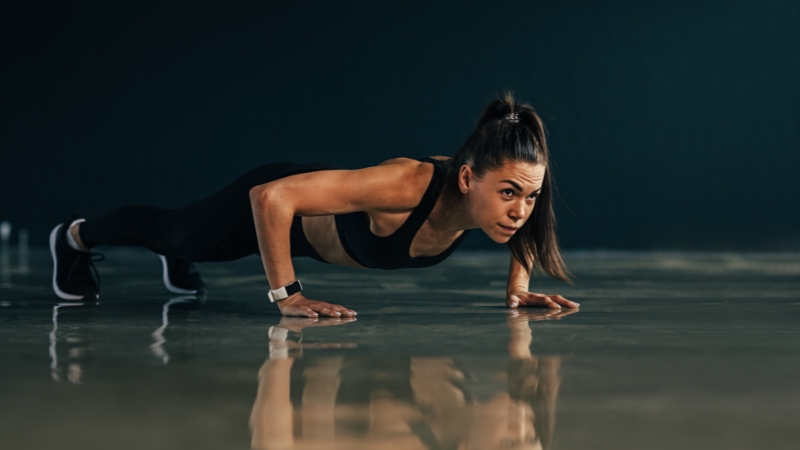
step
lets
you
keep
training
as
fatigue
builds
Targeted
strategies
can
accelerate
progress
when
used
wisely.
These
tactics
create
muscle
breakdown
efficiently
and
make
bodyweight
workouts
feel
more
intense
than
many
assume.
Start
with
the
hardest
variation
of
an
exercise
and
work
your
way
to
easier
ones
without
resting.
For
push-ups:
-
Begin
with
diamond
push-ups -
Move
to
standard
push-ups -
Finish
with
knee
push-ups
Each
step
lets
you
continue
training
the
same
muscle
group
as
fatigue
sets
in.
Push
each
set
until
no
more
clean
reps
can
be
performed.
Doing
this
safely—once
or
twice
per
muscle
group
per
session—can
increase
muscular
endurance
and
strength
gains
over
time.
Manipulate
the
speed
of
each
rep,
focusing
especially
on
the
eccentric
phase.
For
example:
-
Lower
yourself
from
a
pull-up
slowly
over
five
seconds -
Pause
at
the
bottom -
Explode
back
up
Using
these
tactics
consistently
trains
your
muscles
to
adapt
under
pressure
and
makes
calisthenics
highly
effective
for
long-term
gains.
Advantages
of
Bodyweight
Training
Bodyweight
training
goes
far
beyond
convenience.
It
delivers
serious
benefits
for
physical
performance,
mental
well-being,
and
long-term
sustainability.
With
no
fancy
machines
or
crowded
gyms
required,
it’s
accessible
to
just
about
anyone
who’s
ready
to
move
with
purpose.
1.
Zero
Equipment,
Zero
Excuses
No
need
to
invest
in
gym
memberships,
barbells,
or
bulky
machines.
Just
your
body,
gravity,
and
the
will
to
improve.
-
Workouts
can
happen
in
a
bedroom,
backyard,
hotel
room,
or
park -
Cost-effective
option
for
anyone
avoiding
expensive
gear -
No
logistical
barriers—ideal
for
busy
people
and
frequent
travelers
2.
Practical,
Functional
Strength
Bodyweight
movements
like
push-ups,
planks,
and
squats
translate
directly
into
real-world
activities.
-
Improves
coordination
across
multiple
joints
and
muscle
groups -
Develops
stability
and
balance -
Enhances
mobility
and
range
of
motion -
Builds
strength
used
in
climbing,
lifting,
walking,
running,
and
carrying
3.
Scalable
for
All
Fitness
Levels
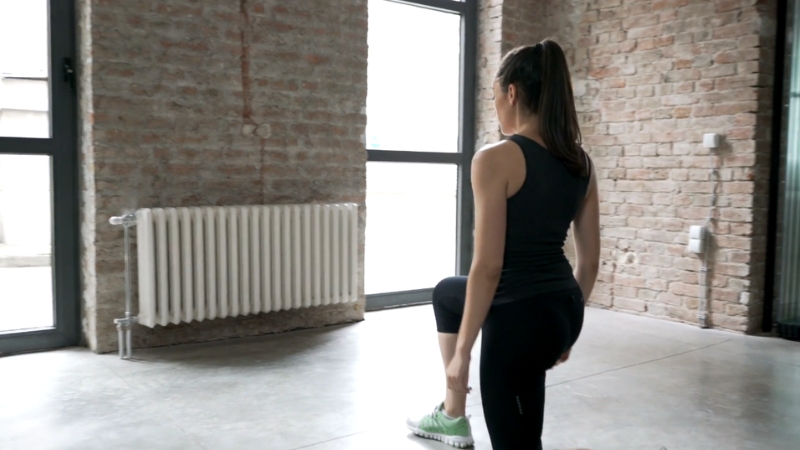
users
can
try
standard
push-ups,
dips,
or
lunges
Training
adapts
easily
to
individual
ability,
goals,
and
progress
speed.
-
Beginners
can
start
with
wall
push-ups,
incline
planks,
or
knee
squats -
Intermediate
users
can
move
to
standard
push-ups,
dips,
or
lunges -
Advanced
athletes
can
challenge
themselves
with
planches,
one-arm
push-ups,
or
handstand
holds -
Progression
keeps
training
effective
over
time,
eliminating
plateaus
when
approached
correctly.
4.
Mental
Health
Boost
Exercise
affects
more
than
just
muscle,
it
impacts
mood,
sleep,
and
mental
clarity.
Bodyweight
training
checks
all
the
boxes.
-
Reduces
anxiety
and
daily
stress -
Enhances
sleep
quality
through
better
physical
fatigue
and
relaxation -
Boosts
self-confidence
with
visible
and
measurable
improvements -
Creates
momentum
for
other
healthy
habits
Key
Muscle-Building
Exercises
Muscle
growth
doesn’t
require
a
bloated
routine
packed
with
dozens
of
exercises.
Effective
bodyweight
training
relies
on
a
focused
group
of
movements
that
hit
all
major
muscle
groups
with
intention
and
control.
When
performed
with
solid
technique
and
progressive
variations,
these
exercises
build
real
strength,
endurance,
and
muscle
definition.
Upper
Body
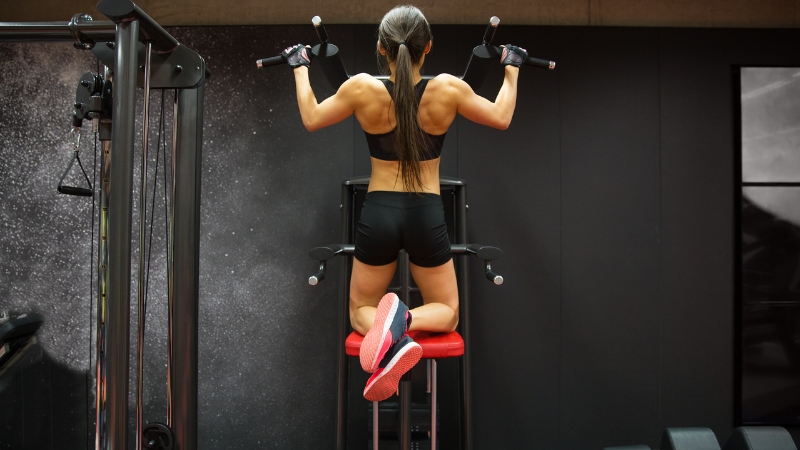
exercises
form
the
foundation
of
nearly
every
calisthenics
routine
Developing
upper-body
strength
through
bodyweight
training
targets
the
chest,
shoulders,
back,
and
arms.
Push-ups
Work
the
chest,
front
deltoids,
and
triceps.
Can
be
modified
for
beginners
(knee
push-ups)
or
advanced
users
(arched,
diamond,
or
explosive
push-ups).
Dips
Focus
on
the
triceps,
chest,
and
front
shoulders.
Performed
on
parallel
bars
or
stable
surfaces
like
two
chairs.
Requires
more
control
and
shoulder
stability.
Pull-ups
Target
the
lats,
biceps,
and
rear
delts.
Wide-grip
pull-ups
focus
more
on
back
width,
while
chin-ups
shift
some
load
to
the
biceps.
One
of
the
most
effective
pulling
movements.
Lower
Body
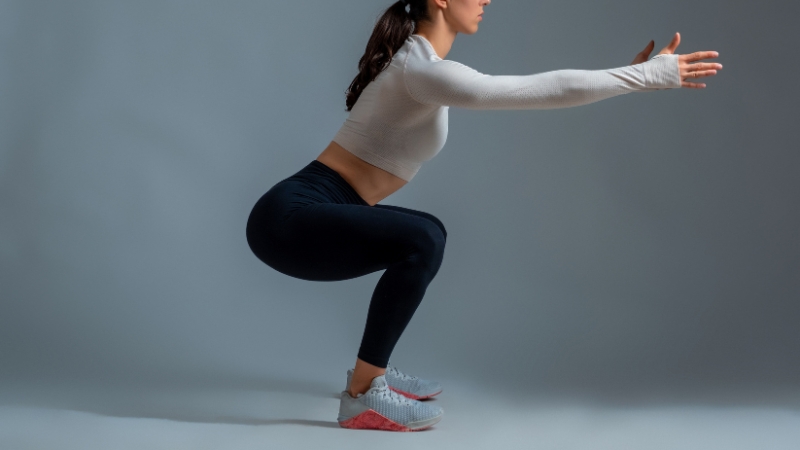
leg
exercises
challenge
muscle
endurance
and
coordination
Lower-body
strength
influences
balance,
mobility,
and
explosive
power.
Squats
Activate
the
quadriceps,
glutes,
and
calves.
Air
squats
are
ideal
for
beginners,
while
jump
squats
or
pause
squats
increase
intensity.
Lunges
Train
one
leg
at
a
time,
building
stability
and
evening
out
muscular
imbalances.
Forward,
reverse,
and
walking
lunges
each
bring
their
own
benefits.
Step-ups
Use
a
sturdy
surface
like
a
bench
or
step.
Improve
balance
and
leg
drive.
Elevate
height
for
more
difficulty.
Core
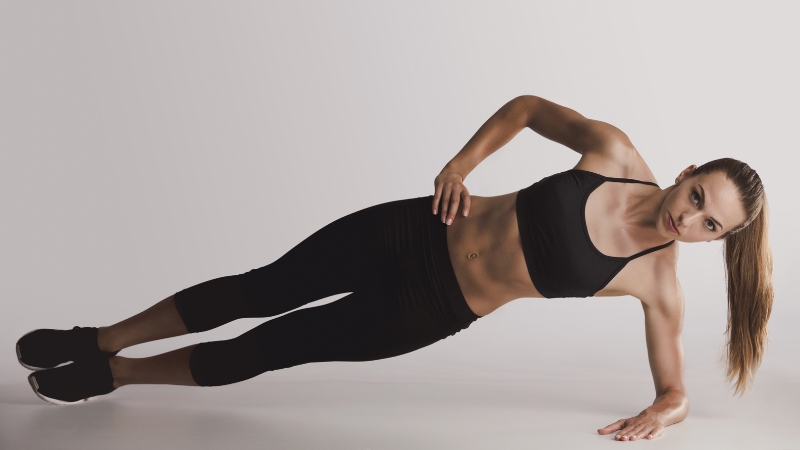
stabilize
the
body
during
compound
exercises
and
protect
the
spine
Core
muscles
control
posture,
movement,
and
performance
in
every
lift.
Planks
Focus
on
isometric
strength.
Great
for
building
muscular
endurance
and
teaching
proper
bracing.
Mountain
Climbers
Engage
the
abdominal
muscles
while
improving
cardiovascular
fitness.
Speed
and
control
determine
the
difficulty
level.
Additional
core
options
can
include:
-
Leg
raises -
Hollow
body
holds -
Side
planks
Sample
Calisthenics
Workout
Structure
A
well-structured
plan
prevents
muscle
imbalances,
allows
for
recovery,
and
promotes
steady
growth.
A
push-pull-legs-core
split
spreads
effort
across
different
regions
and
energy
systems.
Here’s
a
simple
four-day
rotation:
|
Exercise Day |
Exercises |
|---|---|
|
Day 1: Push |
Push-ups (standard, decline, or diamond) |
|
Day 1: Push |
Dips |
|
Day 1: Push |
Pike push-ups for shoulders |
|
Day 2: Pull |
Pull-ups or chin-ups |
|
Day 2: Pull |
Bodyweight rows (using rings or a bar) |
|
Day 2: Pull |
Negative pull-ups for beginners |
|
Day 3: Legs |
Squats |
|
Day 3: Legs |
Bulgarian split squats |
|
Day 3: Legs |
Step-ups or lunges |
|
Day 4: Core |
Planks (front and side) |
|
Day 4: Core |
Leg raises |
|
Day 4: Core |
Mountain climbers or hollow holds |
Repeat
the
cycle
after
a
rest
day
or
customize
based
on
goals
and
recovery
needs.
Proper
form,
tempo
control,
and
consistent
progression
matter
more
than
adding
unnecessary
complexity.
Final
Thoughts
Muscle
growth
through
bodyweight
training
is
possible.
Gains
might
be
slower
than
those
from
lifting
heavy
weights,
but
the
results
are
solid
and
sustainable.
Expect
to
see
improvements
in
muscular
control,
joint
mobility,
and
endurance.
The
strength
built
transfers
well
into
everyday
tasks
and
athletic
performance.
With
consistent
practice
and
progressive
programming,
results
will
follow.
Patience,
structure,
and
discipline
turn
bodyweight
workouts
into
a
powerful
muscle-building
method.